How To Easily Clean and Reuse Glass Jars For Everyday Use
Forget mason jars. Save money and reduce waste when you clean and reuse glass jars and bottles you already buy. Check out this comprehensive guide with tips to upcycle all your great glass containers.
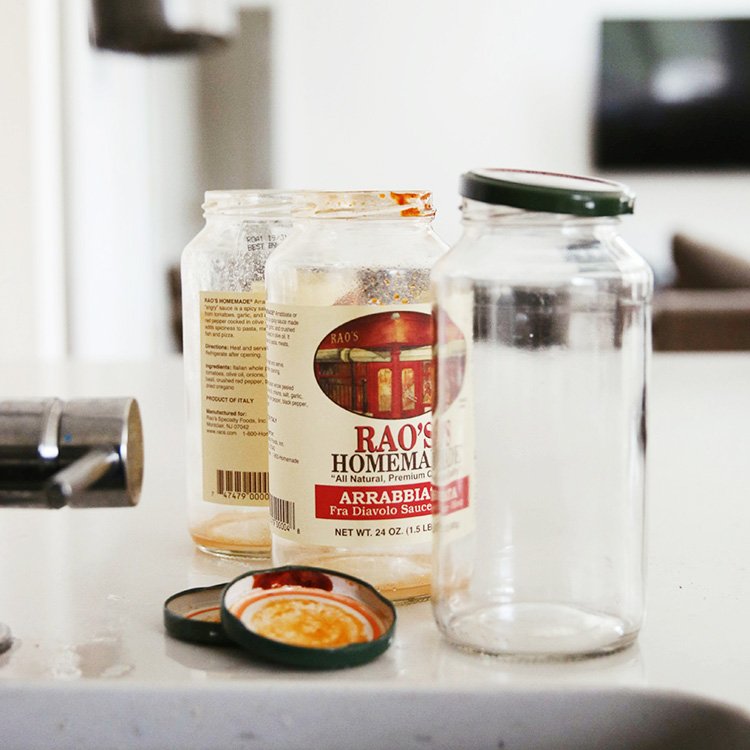
Want to know what I wish I knew when I first started swapping old habits for new, more sustainable habits? Most of the time, you don’t need to buy anything new. You probably already have something that will do the job. And glass jars live at the very top of that list!
For a couple of years, I used to stop by a thrift shop near our home when I had a few extra minutes to pop in and see if they had any mason jars to add to our collection. I knew I could buy them at Target but I preferred secondhand on principle.
Occasionally I got lucky and found one or two, but jars with tops weren’t easy to come by. I also noticed they were often more expensive than the new ones at Target. What?! I’m all for doing my part to save the planet, but I can’t justify paying more for secondhand jars than they cost new at a Big Box store down the street.
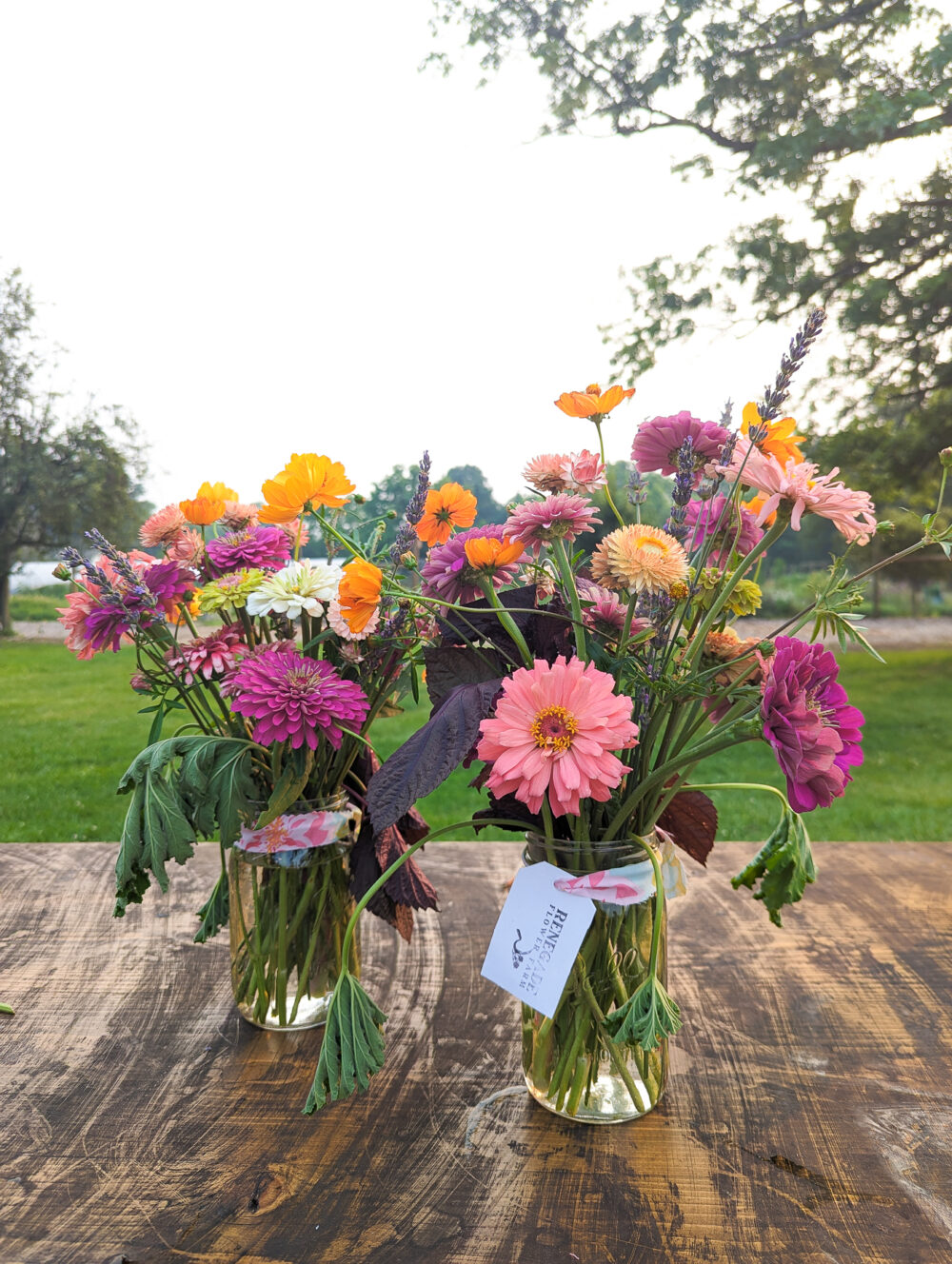
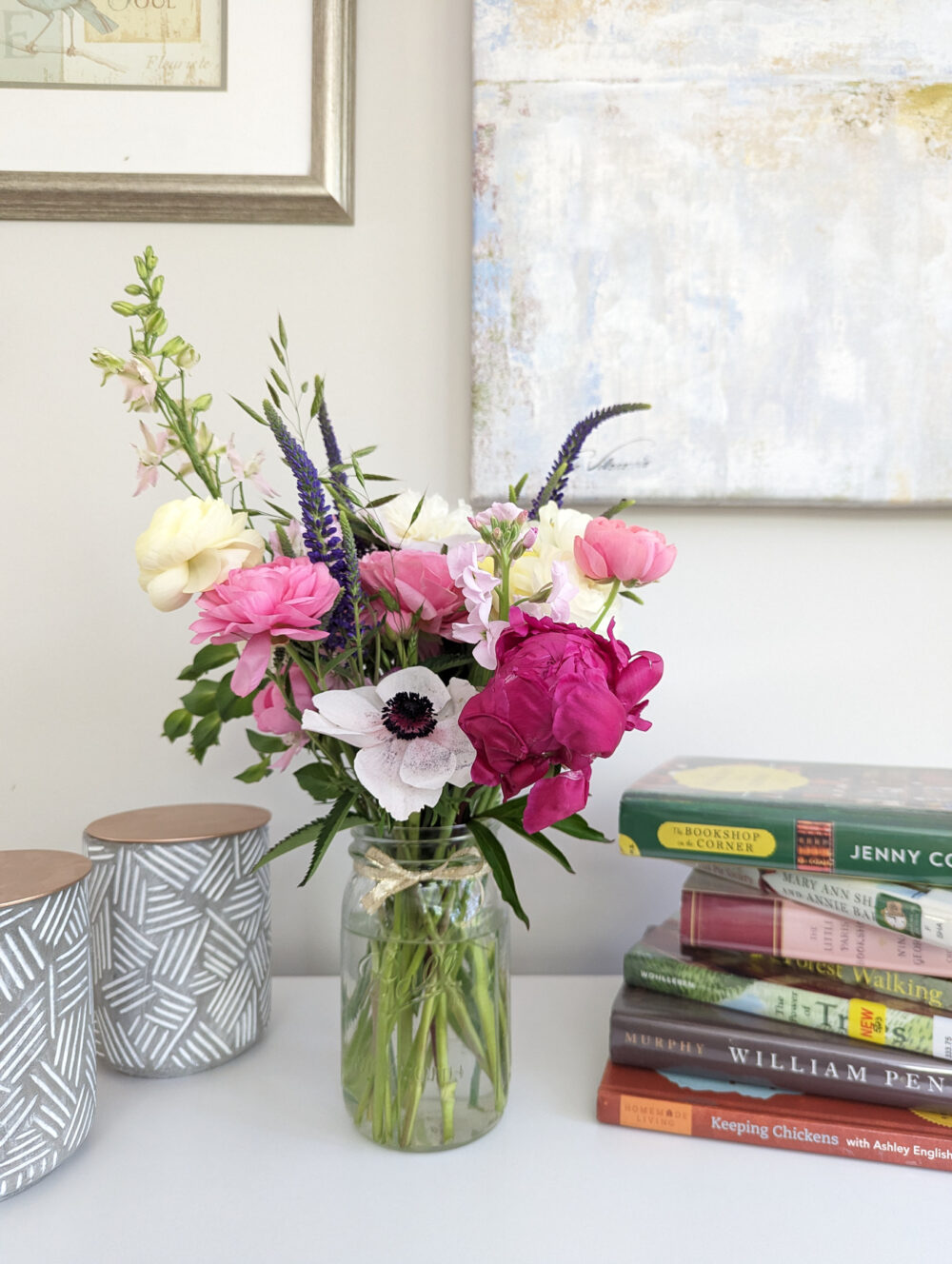
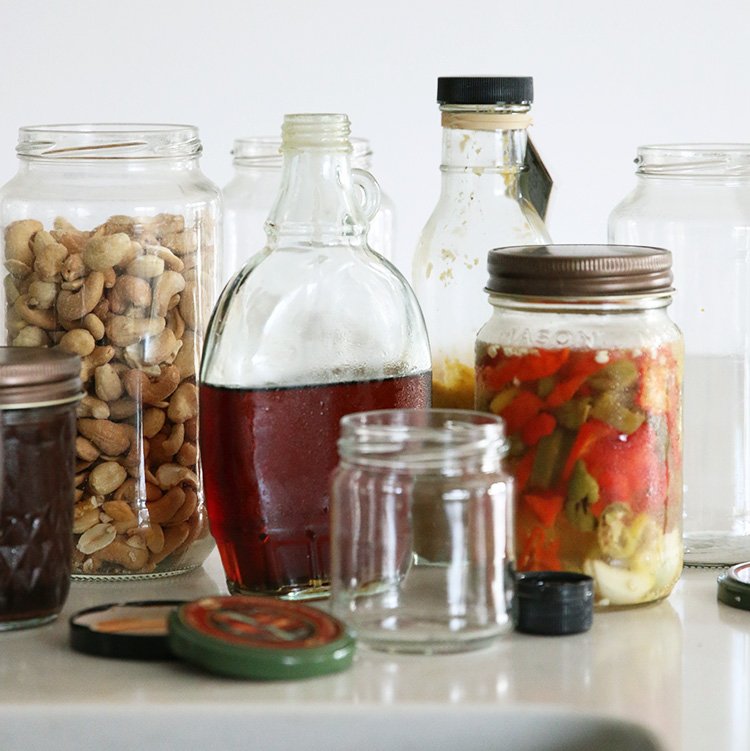
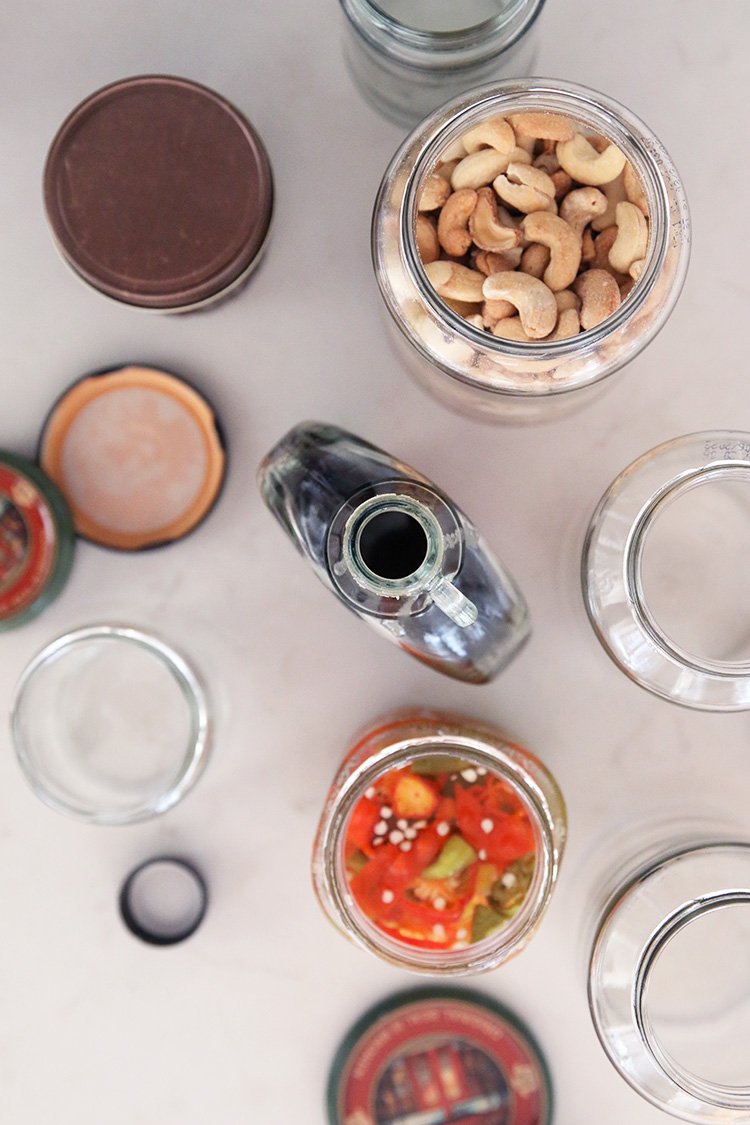
Then I had an epiphany, that’s pretty darn obvious in hindsight. Why am I buying mason jars when I can reuse glass jars from things I already buy at the grocery store?
Today, I no longer buy mason jars, even the overpriced ones from secondhand shops. I wash and reuse many of the jars we already buy, especially those for pasta sauce, which are close to the same size as large mason jars.
I could leave wrappers and stickers on the jars, but they aren’t very appealing. I like seeing what’s inside the jar, and there’s something about cashews in a jar labeled as pasta sauce that doesn’t sit right with me. I know… I’m silly. Nonetheless, I remove all labels from the jars after we use up the original contents.
It only took washing one jar though to realize that manufacturers take their glue seriously. They stick those stickers to the glass. I know product companies pay their marketing teams a lot to develop the labels, but they’re not my jam.
If you’re up for reducing waste, reusing glass jars, and making the inside of your cabinets just a tiny bit prettier, I’ve got you covered. Let’s dive into all the details of scraping the labels off of your glass jars and repurposing all the glass jars and bottles you already buy.
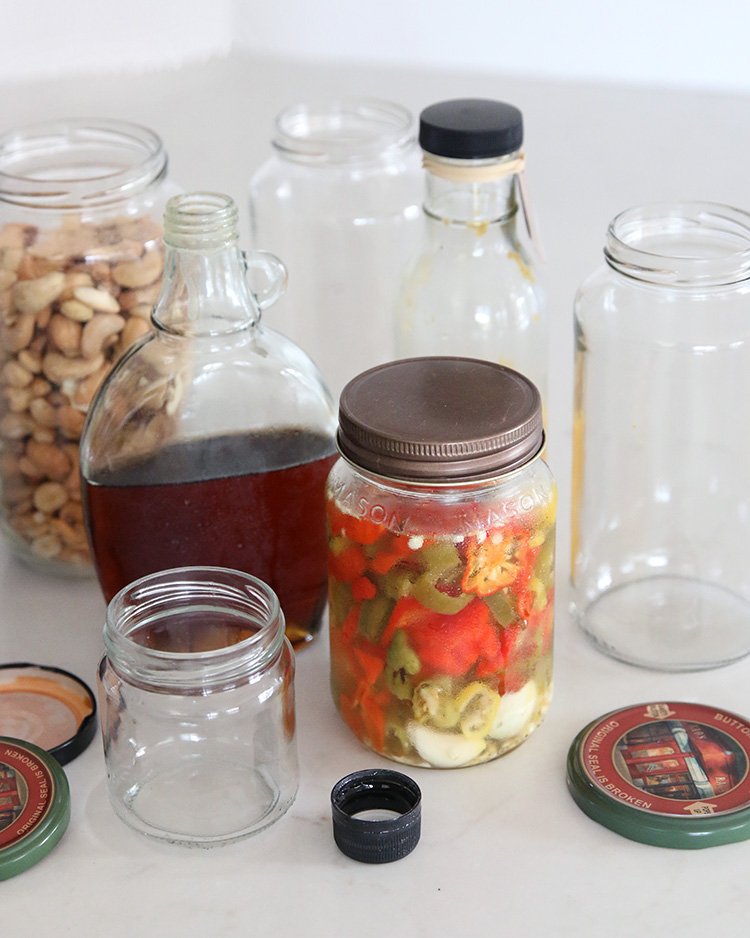
Types of Glass Jars To Reuse
- Pasta Jars
- Pizza Sauce Jars
- Nut Butter Jars
- Pickle Jars
- Jelly Jars
- Syrup Bottles
- Salad Dressing Bottles
- Baby Food Jars
- Anything you have that works!
You can reuse any glass jar that suits your fancy, but I’ve found that some are more useful than others based on size and shape. Pasta jars are my absolute favorite! They emulate large mason jars. Now that we have several pasta jars from the same company, the lids are also interchangeable so I don’t always have to find “that one specific top” for each jar.
I also love nut butter, pickle, and pizza sauce jars. They are similar to small mason jars, and I don’t always need a large jar for every job. I have used salad dressing bottles, glass honey jars, glass syrup bottles, and little mustard jars. Anything goes if it’s the right size for your needs.
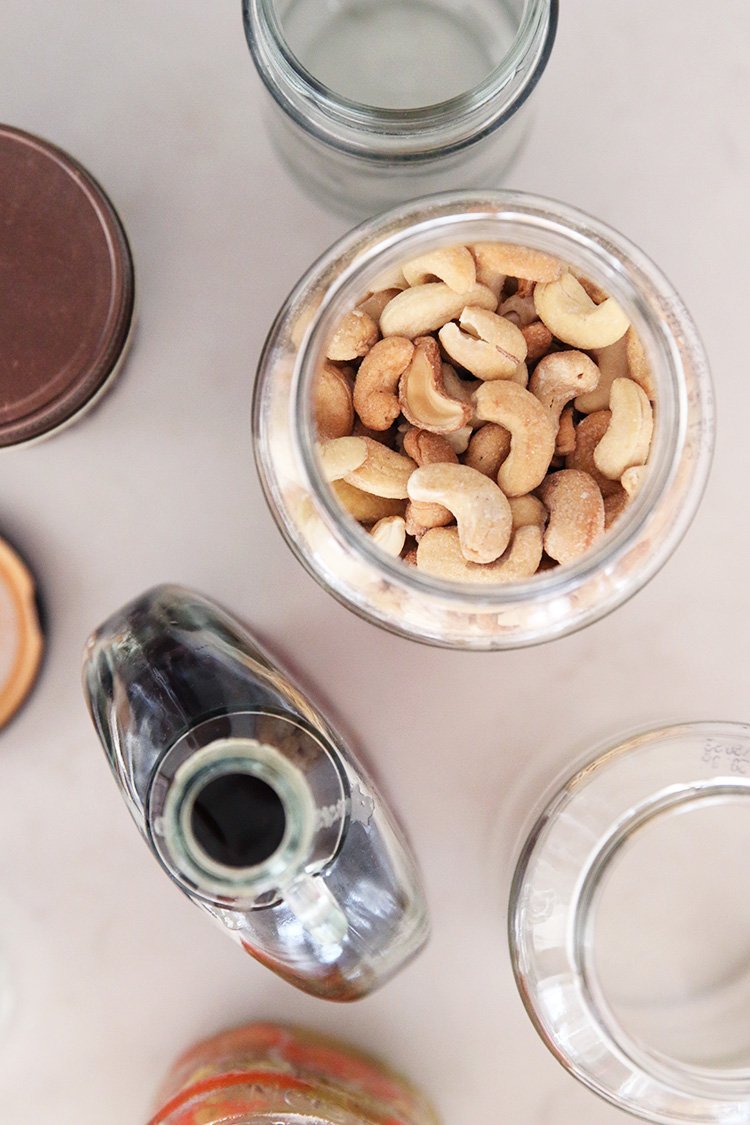
Tools and Tricks To Clean and Reuse Glass Jars
Companies spend a small fortune on marketing and branding, so it’s little surprise that their labels are rather sticky. They don’t want those things going anywhere! However, a few tips and products help remove the gooey glue.
Soak jars to remove labels
The easiest trick to remove labels is to let them soak in water for a few hours or a day. The label becomes much less sticky after soaking and, in many cases, slip off or can be easily scraped off with the back of a butter knife under running water. I often do this with our pasta jars.
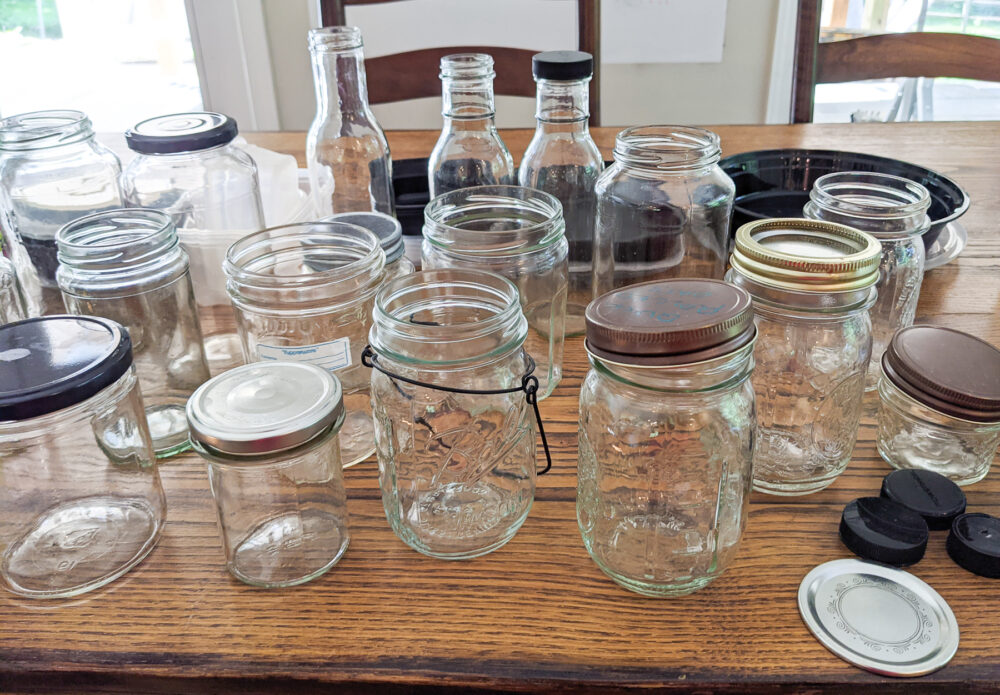
A little scrubbing and scraping
If the label is a stickler and soaking doesn’t help you remove it, consider soaking the glass jar in OxiClean. After the jar has sat in the OxiClean solution for several hours (or even a day or more), rinse it and use the back of a butter knife to scrape off the label under running water.
On rare occasions, you may need to add a little elbow grease. As I mentioned above, manufacturers love their super sticky glue.
Typically, I spend a minute or two scrubbing or scraping each glass jar the first time I clean it. But once it’s clean, I toss it in the dishwasher with our regular dishes whenever I need to wash it.
Peel the label slowly if you can
Some manufacturers take it slightly easier on the glue and you can peel off most of the label without leaving much paper or residue. Patience pays here! Depending on the type of glue, you may have a chance of peeling off the label without much residue if you pull it off slowly.
No matter the brand or bottle, I always try to peel off the label before scrubbing and scraping. If you start to peel back the label and see a glimmer of hope that it will come off clean, don’t rush! All hope goes down the drain without a healthy dose of patience.
Slowly peel the label, doing your best to pull it straight across the side of the jar (as opposed to from a diagonal angle). If you start to see a bit of tearing, try to scrape off the remains, without disconnecting the torn paper from the whole label, and reset your “clean, horizontal peeling”.
If you get lucky and peel off the entire label, consider it a giant win. Occasionally this happens and you have a bit of glue residue to clean, but that’s easier to manage than an entire label.
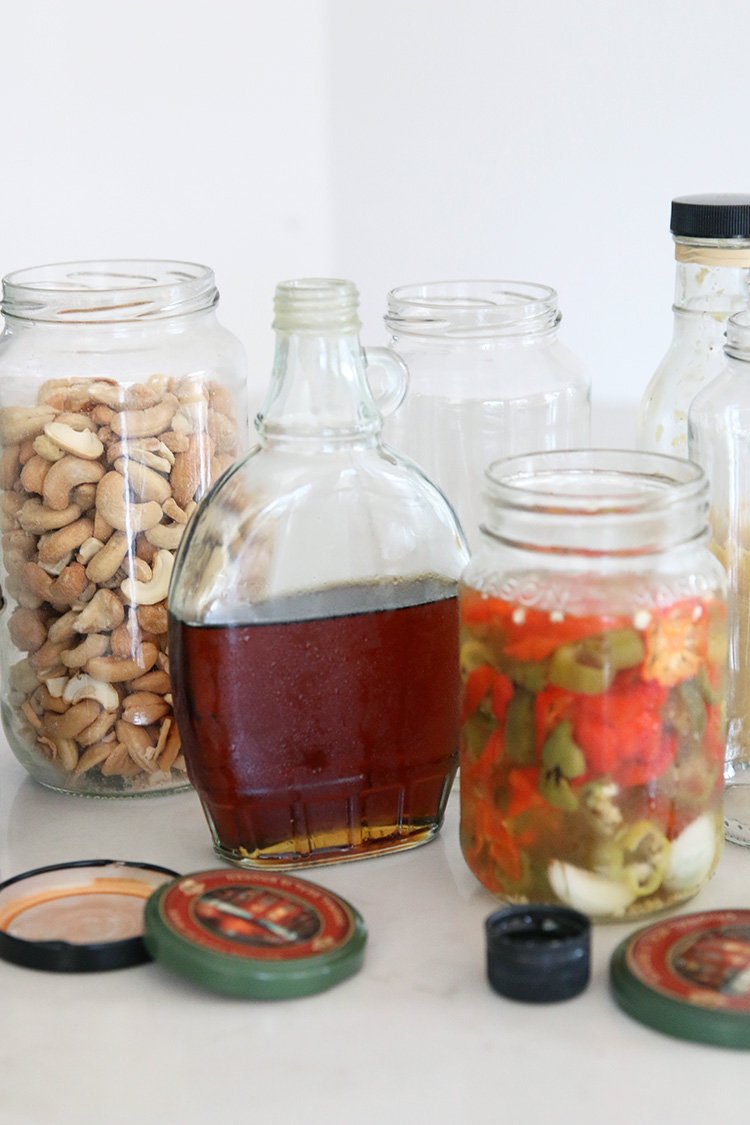
Simple tools for scrubbing off labels
When you have to scrub… and once in a while you will…
To scrub off the labels, I use primarily stainless steel scrubbing pads. These work quite well. I’ve also used Brillo pads, though these aren’t quite as effective. Forget standard brushes and sponges; they don’t have enough grit to break down the glue.
I scrub the glass jars and bottles over the sink and rinse them periodically until they are squeaky clean. Although it’s a bit of a pain to clean them if soaking doesn’t work, clean glass jars and bottles are so satisfying!
We keep a small plate next to the sink where the scrubbing pads live along with our dish soap and sponge. The scrubbing pad comes in a sphere shape, but ours has entirely lost its form. It is many months old but is still going strong. As long as it doesn’t smell and isn’t covered in food bits, I plan to reuse it.
The stainless steel scrubbing pads I purchase come in plastic while the steel wool soap pads often are packaged in recyclable cardboard. However, I think the scrubbing pads perform significantly better and are worth the plastic packaging.
I might be able to find the scrubbing pads without plastic packaging if purchased in bulk. I plan to look into that, though we have plenty in our cabinet for now and there’s no sense in buying new before using up what we already have on hand.
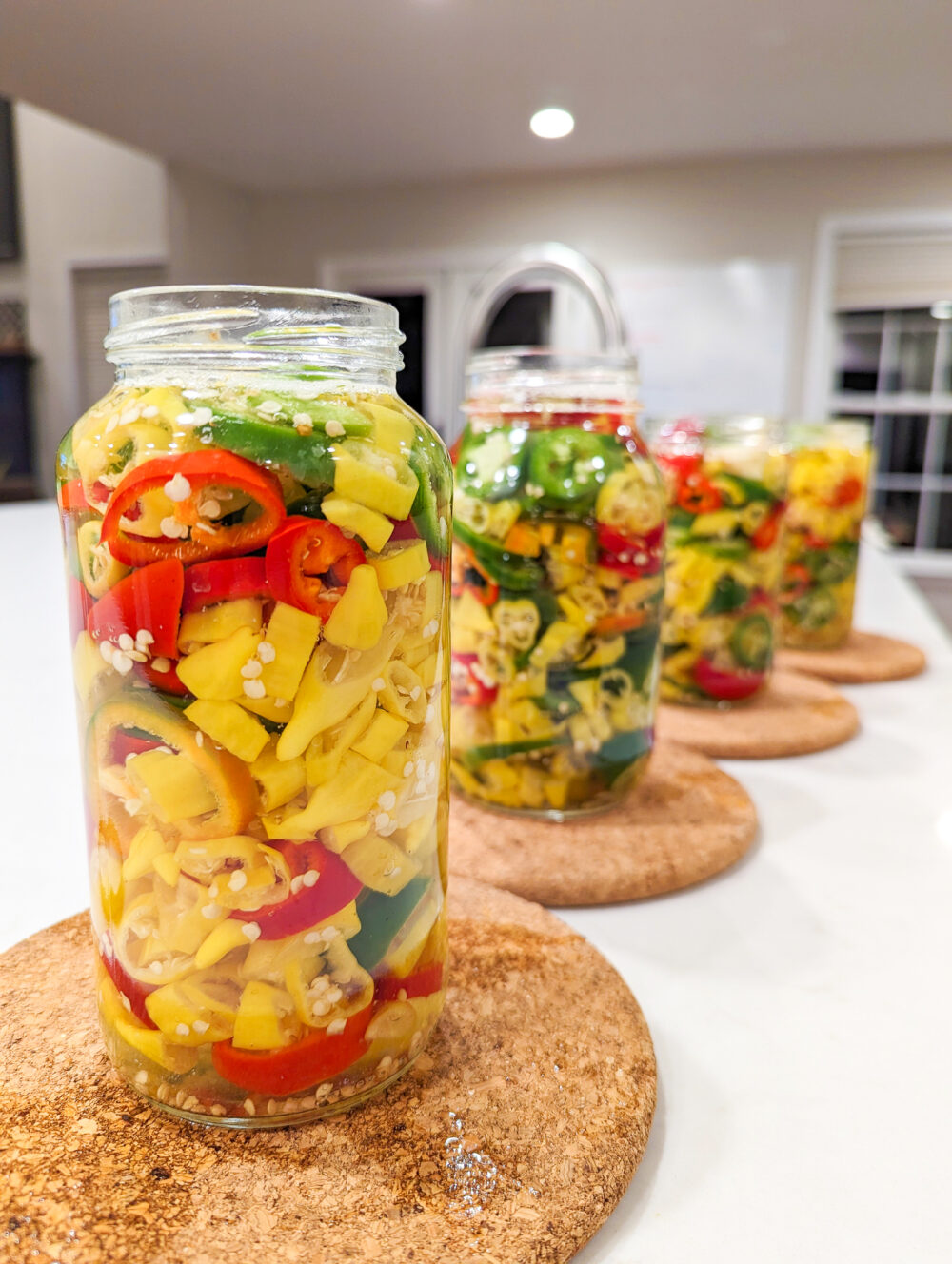
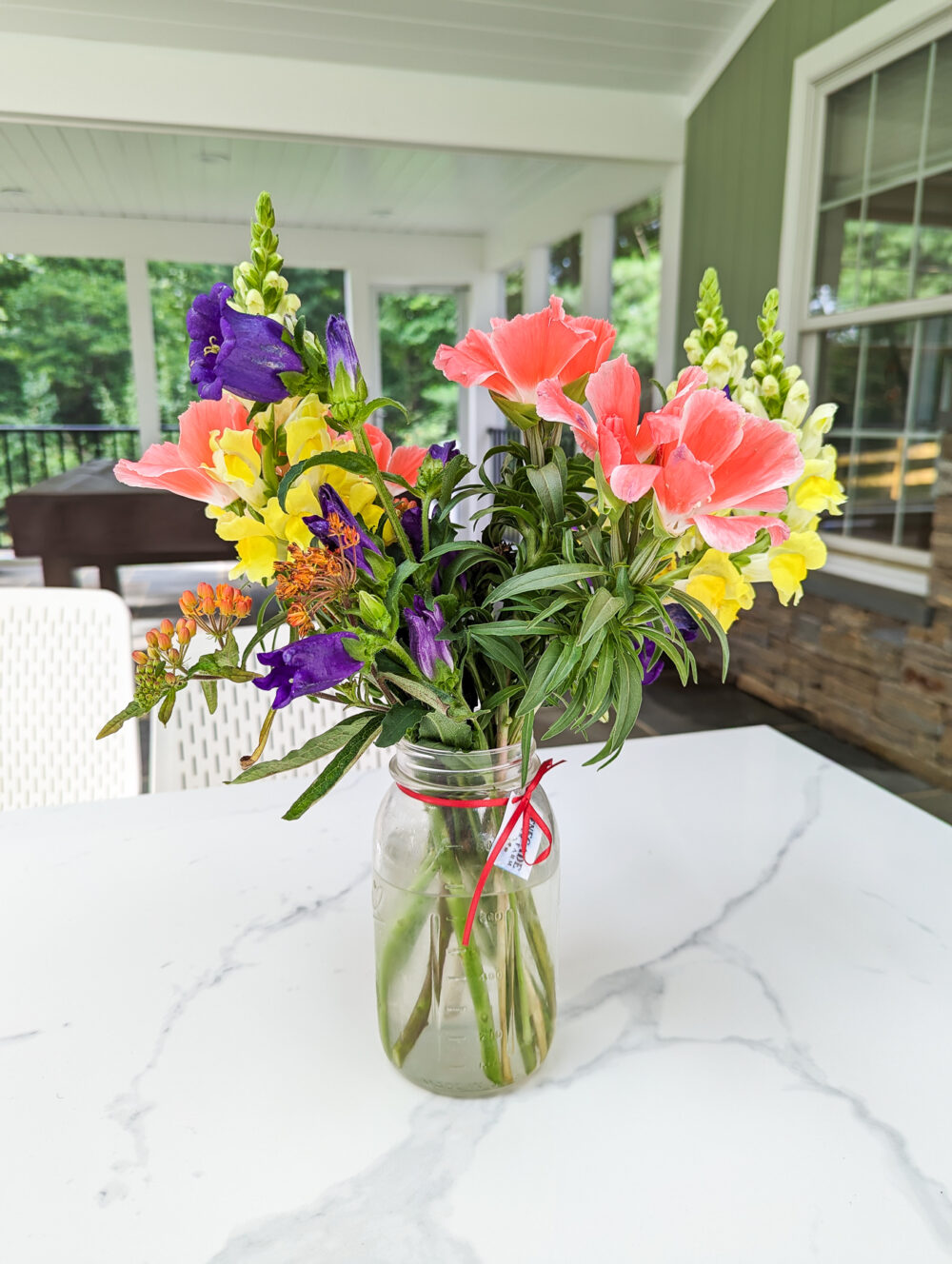
How To Store Repurposed Glass Jars
When not holding food or being put to good use elsewhere in our house, I store the glass jars in a large drawer in our kitchen. I am not stellar about matching tops and jars while stored, so I keep a small box next to the jars for all the tops and find the top I need when I’m ready to use a particular jar.
To the extent you can, I find it’s helpful to collect the same types of jars over time. Pasta jars are my jam, and I always buy the same size jars from the same brand. This makes it easier to match tops and bottoms. I don’t turn down great glass jars just because I don’t have several lids to match, but I love having similar jars.
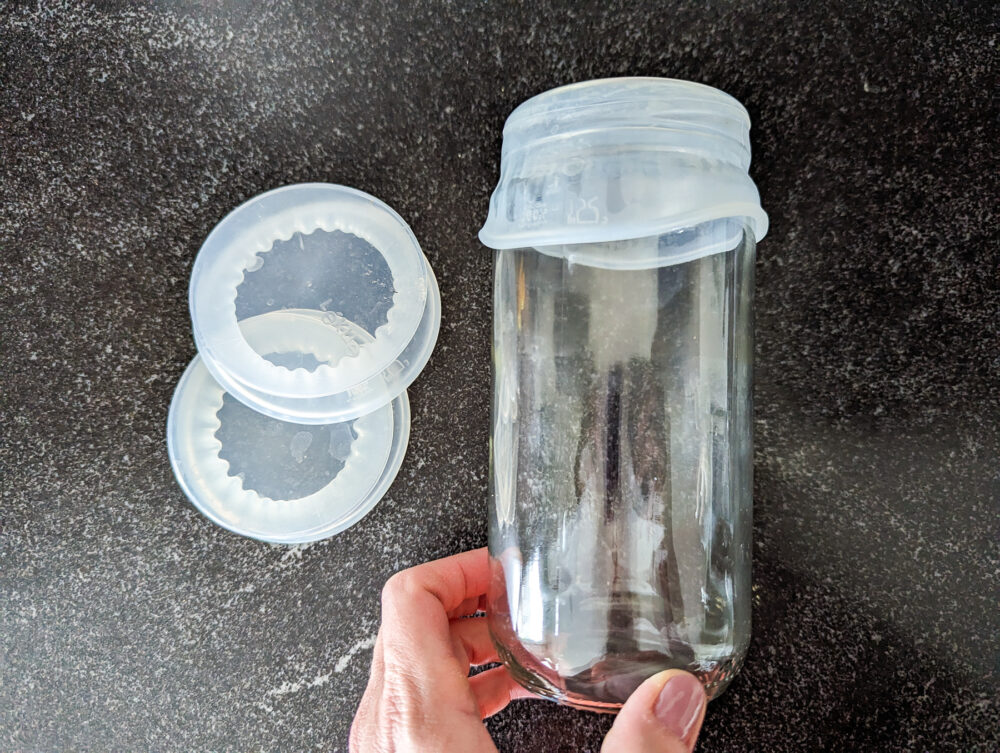
Flexible, Interchangeable Tops For Repurposed Glass Jars
Like the sock gnome that lives in the dryer and eats single socks with abandon, I’m pretty sure I have a “top gnome” that lives somewhere in my kitchen and steals jar tops ever so slowly. Somehow, I always have more jars than tops. To combat this, I have three 4.5″ silicone stretch storage tops. These things are the best!
They are a bit pricey. Purchasing one pack of three to start your collection is more than enough. Consider asking for them as a gift when people plan to buy things for you anyway. They make great stocking stuffers or a perfect gift for a Favorite Things Party!
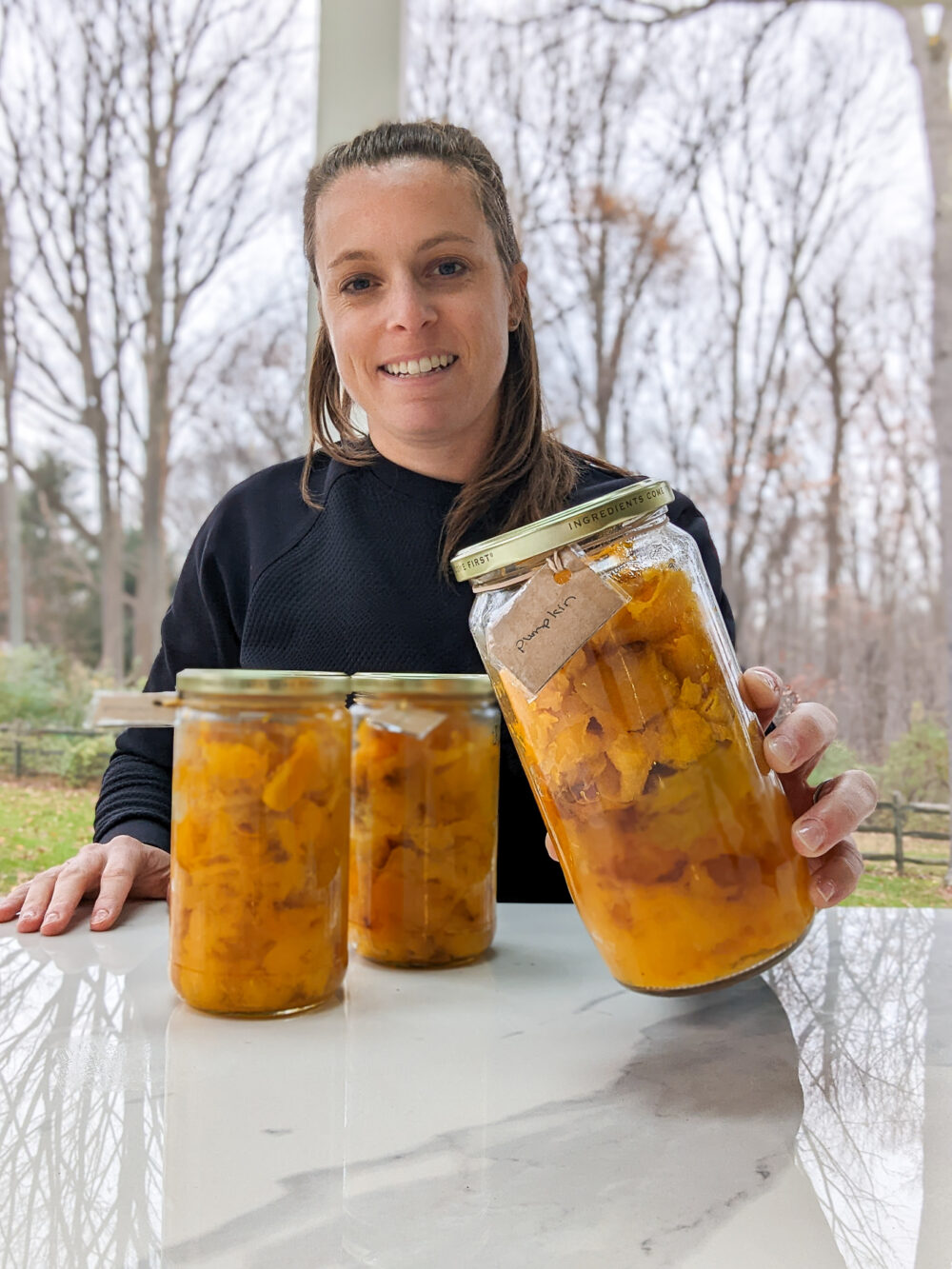
How To Reuse Glass Jars and Bottles
We use upcycled glass jars and bottles for a variety of things including food storage, floral bouquets, art projects, office supply storage, playroom organization, bathroom storage, and more. I even pass along many of them to a local flower farmer who uses them for her customer bouquets. Currently, my freezer is full of glass jars filled with pumpkin puree, homemade pizza sauce, and chicken stock from scratch. I love that I can swoop to my basement freezer to grab these things on a whim.
No matter what jars you collect, be patient and collect them over time. Whether you’re fresh into your low-waste living journey or have been at the game for a while, there’s no use throwing out things you already own or going to the store to buy a ton of items to “start living eco-friendly, low-waste” lifestyles.
Focus on building your collection of reused glass bottles and jars slowly as you naturally purchase products over time. It’s the most affordable and eco-friendly way to use the resources we already have.
Do you have other tips for acquiring glass jars and bottles over time? How do you use them? Share in the comments so we can all learn new tips together!

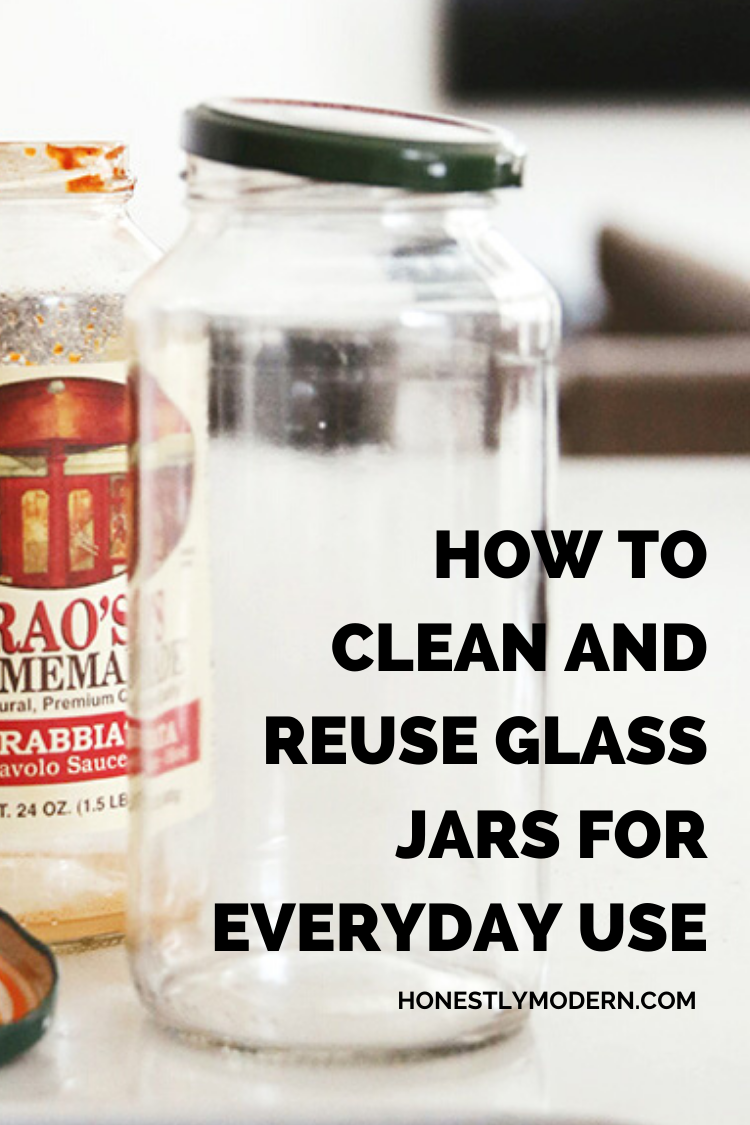
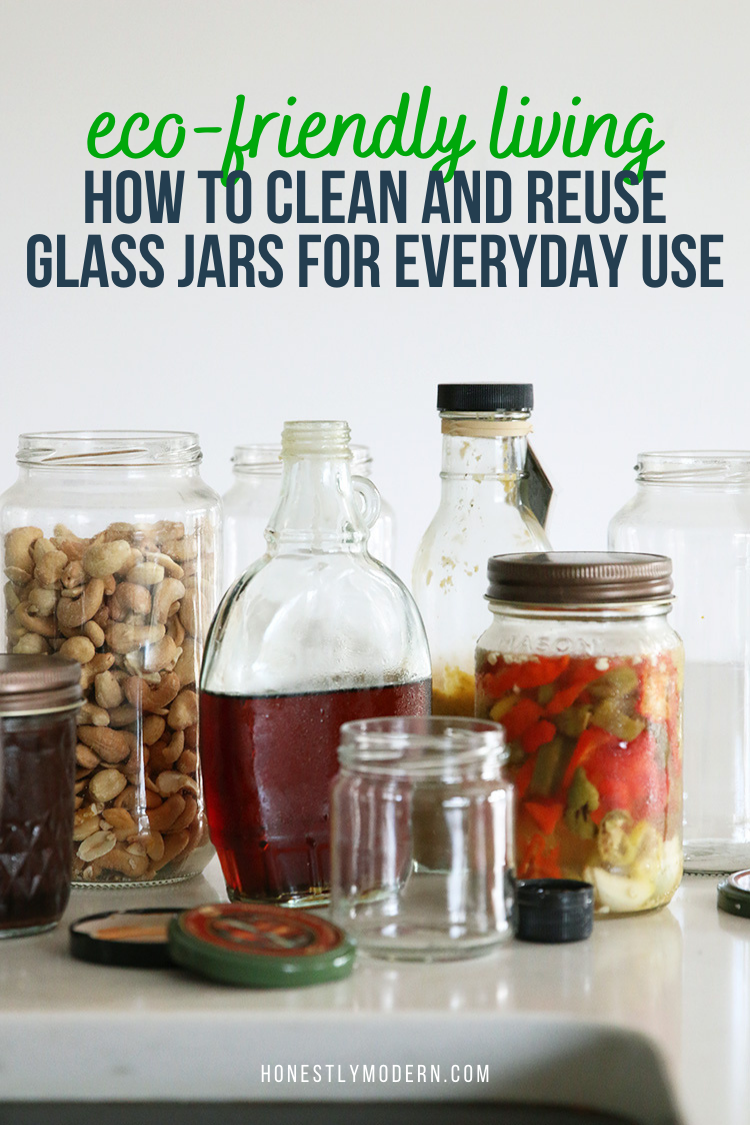

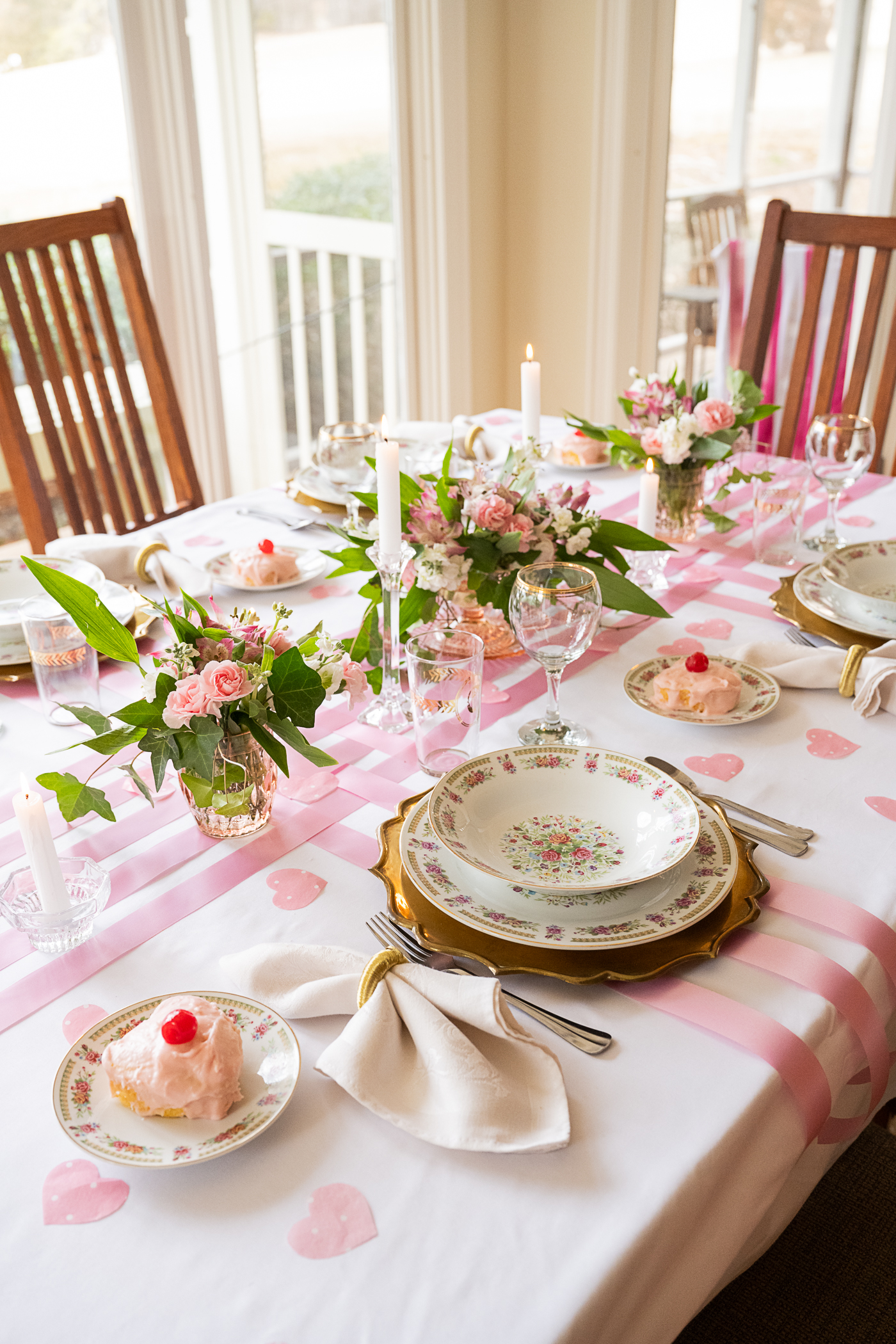
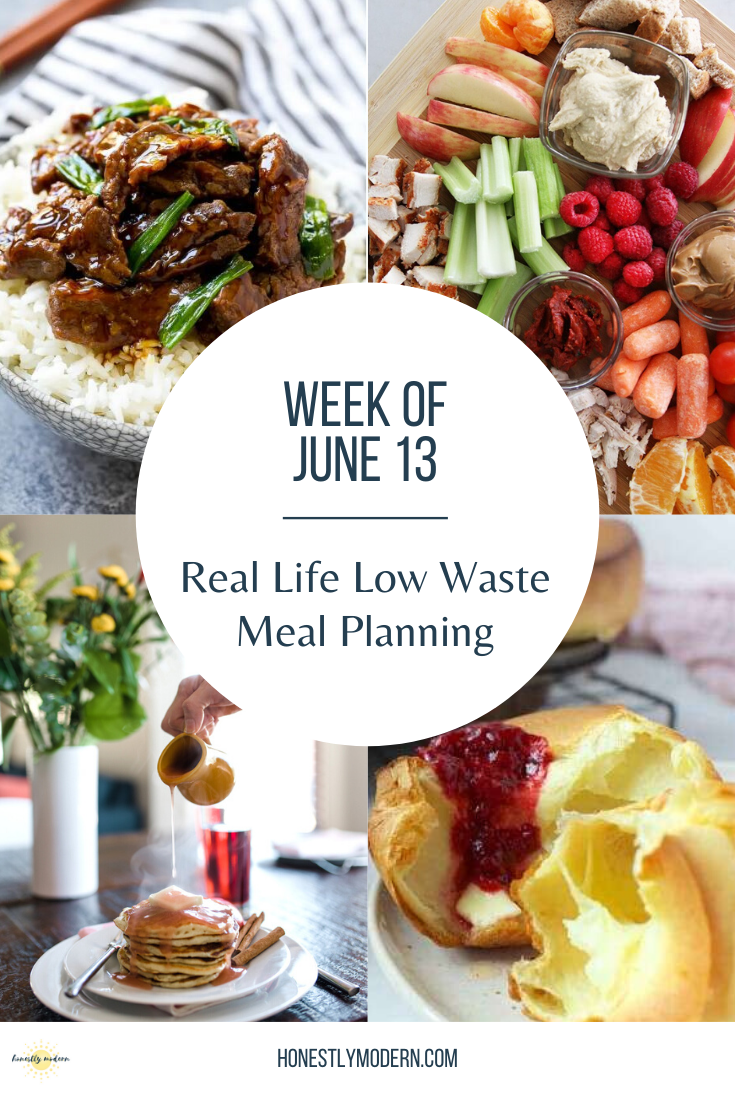

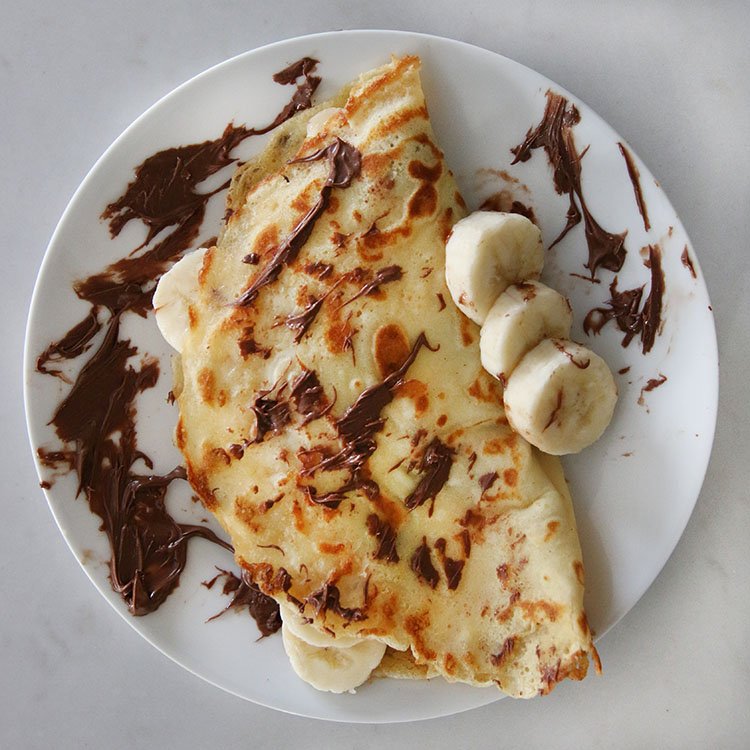
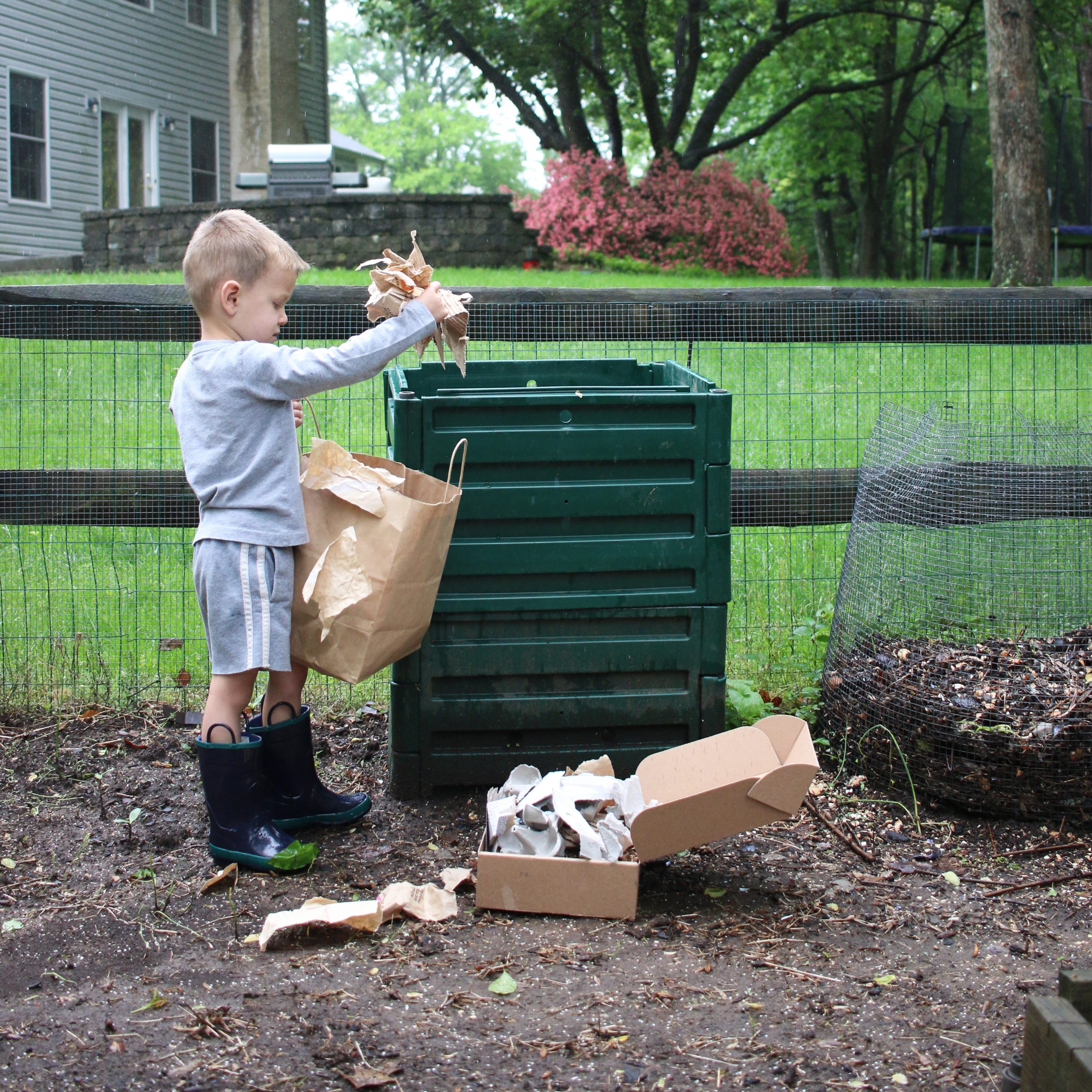
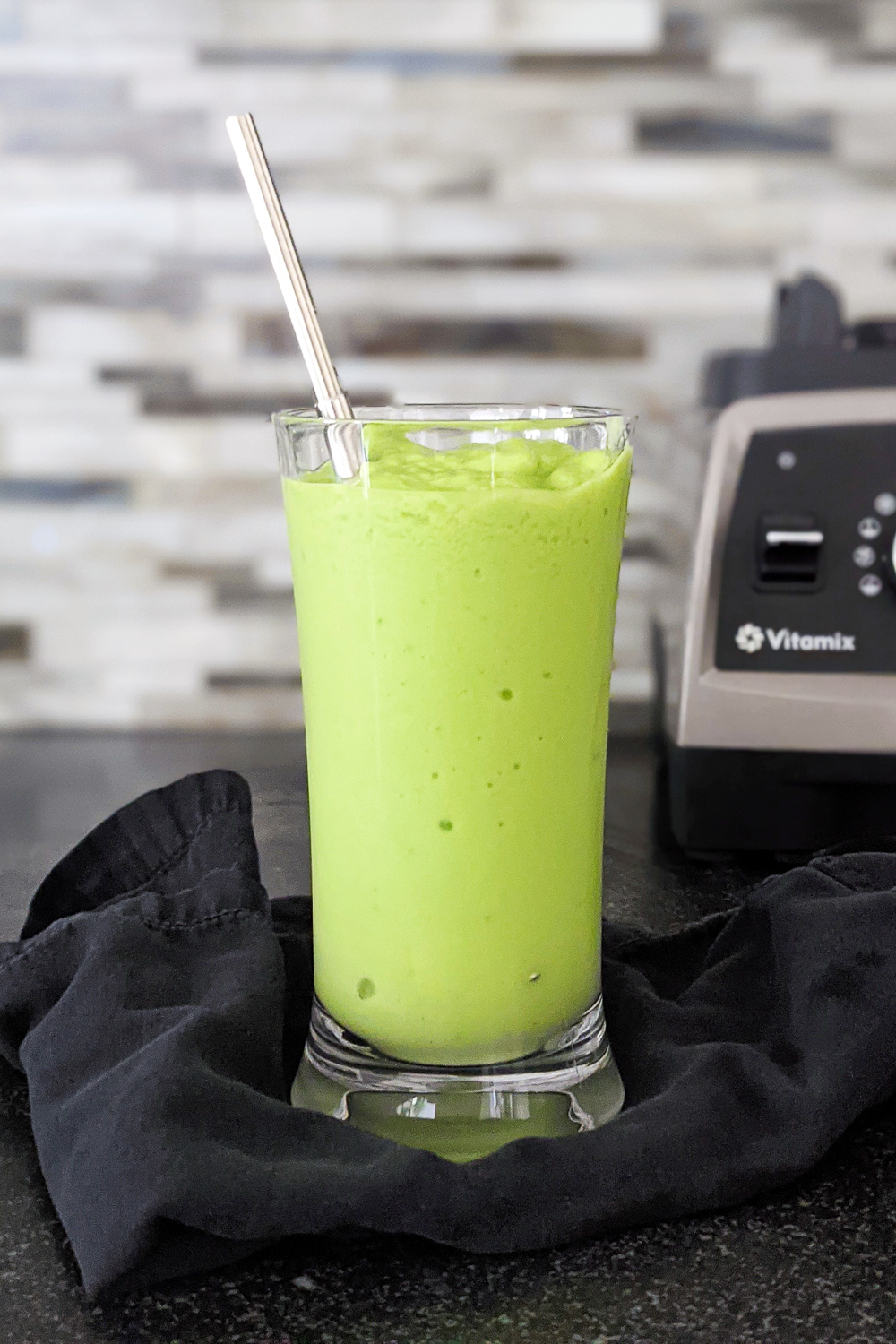

Letting the jars soak for a few hours or even overnight, often the label comes off super easy! Also WD-40 works great to help get the adhesive off. ALSO, they sell reusable plastic lids for mason style jars on amazon (or other places) which I have found super helpful as the store bought metal lids sometimes rust!
Good to know! Of course, you know all the “handy” tricks that I would never think to try. Ha. Plastic lids are a good idea too. I haven’t tried them but have gotten extra metal ones at times if I lose them (inevitable…) or they get rusty. Thanks for the note!
The supermarket jars mentioned in this article are not mason jars, are they? So the question is how do you find plastic lids for them?
Hey! The supermarket jars I use are not mason jars. You can use plastic lids for the mason jars. For the supermarket jars, I like to use the ones that come on them when I purchase them (and I don’t have trouble with rust). You can also use silicon stretchy lids that work on a variety of jars and are really great. I have those as well and really like them! Hope that helps.
Mine always get a little rusty. I reuse jars all the time but was wondering they may contain lead. Have you researched this at all? Came across your article when I went to research that topic.
I haven’t researched that at all. I have had tops get rusty so sometimes I replace them (you can buy new tops online without jars). But about a year ago, I purchased silicon covers for the jars that stretch and go over the tops. They are helpful too (though they don’t work for all types of purposes for jar storage.
I found that using a small amount of tea tree oil on the glass jars removes the adhesive straight away if you give it a little rub. It blew my mind when I first did it. It takes the work out of it for sure.
Very interesting. I will have to try that. Thanks for sharing!
Interesting article. I’ve been wondering how safe it is to jar foods with the lids having hormones in the ring of the lid and stuff like that. I’ve been wary about this. Can’t seem to find any info on this. Any idea on this?
That’s not something I’ve read anything about or researched much at all. Sorry I can’t provide more details.
just to add : i started to use a mix of coconut oil w/ sweet orange essential oil on jars & it works really well. if there’s an extra stubborn spot, some baking soda sprinkled on with the oil mixture rubbed in takes it right off! i keep a little container of this mix premade now – which reminds me, i need to make more!
That’s great! I’ll have to try that. Thanks for sharing.
Might be worth adding something about sterilising the jars first time, and between uses. A quick wash and then a ‘bake’ at around 140C/284F in the oven should do it (apparently — I’ve not really started down this path yet). Great article though.
You could definitely sterilize them. We just wash them in the dish washer and don’t use them for canning, but that’s not a bad idea. Thanks for the note!
Any advise on removing the logos and such from the metal tops. I have some nice jars but when I put the old tops on they just look like reused garbage.
I don’t mind the logos, so I just leave them. You could potentially paint over them depending on how you are using the jars after washing them. You could also cover them with fabric and rubber band wrapped around the fabric if you simply want them to look more appealing while on a counter, in storage, etc..
I have purchased chalkboard stickers that fit on the lids from the dollar store. They are big enough to cover the label with the added bonus that you can write on it with chalk labeling what is inside
That’s also a great idea! Thanks for sharing.
What fun, to find someone else who collects glass jars. I have such jars which I use to hold uncooked beans such as lentils, psyllium, which my husband uses, a variety of nuts, quinoa flake, oatmeal, etc. But I also have plastic jars, mainly old peanut butter jars, and they have the virtue of being light weight and not breakable. However, I now have more jars than I think I will use, so where do I send them?
I have so many jars too! Have you ever thought to share them on a local Buy Nothing group or maybe give them away for free on Facebook Marketplace? I bet there are lots of people who would love to have them. You could also give gifts away in them. We use them to give leftovers to friends when they come over for dinner also. Hope that helps!
Just ran across your site today by accident, really interesting. I am not really die hard about this but I have been reusing for years. Seems like you are using a lot of water cleaning jars. Also. Any ideas on reuse of plastic grocery bags? Thanks.
Thanks for the note. That’s great to hear that you’re reusing jars. While it does require water to clean the jars, I think it’s less water than what would be used in creating new containers. As for the plastic grocery bags, we don’t really have too many of them. We use reusable bags at the grocery store. When we do get them, I keep them and then pass them along when I gift things through our Buy Nothing group. I also use them as trash bags for road trips. I know that’s not super helpful. I think many grocery stores take them back and recycle them, so you could see if your local store has a bin to collect them. Thanks for the inquiry!
@Richard Plotast,
Reusing empty grocery bags: I use them to wrap up food and double tie it, that might stink in the garbage. I use them when I scoop or change cat litter for the same reason. I will use one tied around my hair when I color my hair and have to leave it on for a period of time and this keeps the odor in and keeps it from dripping or staining furniture while I sit. You could also use them for paraffin wax when doing home spa hand and foot treatments. In a pinch, you can use them over your shoes in bad weather, but they are slippery. My Mom used to do that to us when we were kids with bread bags. I use them to put the cold items from my lunch in, so I can slip it out of my lunch kit and into the work fridge and it keeps my containers separated from other people’s food. Plus makes it easy to pull out of my bag and the fridge. I use them under some of my plants when I don’t have a dish and want to protect a surface. My sister in law used to wrap dirty diapers in a grocery bag or ziplock bag to keep garbage smell down. Basically, they are great to double wrap anything stinky or wet! I also use them as trash can liners for my small trash cans in the bathrooms, so all I have to do is pull the full one out and tie it up. No looking at used feminine products, used q tips and tp rolls, you just tie it up and throw it in the outgoing kitchen bag on trash day. Whatever I can’t find a use for, I take back to the store. There is always a collection place for used plastic bags. Some cities will take them in the recycling, but not here in Phoenix.
There are groups who crochet them into waterproof pads for sleeping bags for the homeless. I would try Craigslist in your town’s Community group to find who will take them.
Yes my grandma did this all the time,lol.and u can use baby food jars for spices just find someone with a baby lol thanks
For taking off the labels, usualy it’s enough to put boiling water in. Than just take label off, and scrub the glue with wire, under running water. It’s so much easyer that way, than to scrubb glue with paper labels on it.
That’s a good idea. I’ve let them soak in water and that helps as well. Thanks for the tip!
I loved your blog, any serious homemaker would do. You can paint the tops or the lids in bright colours, designs , dots stripes.. helps keeping off rust and brightens up the kitchen. Yes you
Thanks for the note!
I fill the jars with hot tap water 130*-140* (try not to wet the labels), put on the lid. Letting it sit for 3 to 4 min. will loosen the glue enough to remove most of the label. You might have to repeat this. Any sticky residue left comes of quickly using “Duck Tape” or a similar tape. I just touch it quickly and lift up. This works on really well on medicine vials, deli containers, although not as hot, (I’ve warped/melted many). *I only reuse the plastic to hold/store small craft materials not food.
Warm water, dish soap and 4-5 teaspoons of baking soda. Leave overnight. Removes entire labels (no need to peel off first), and all other sticky gunk.
Thanks for the suggestion.
I have a metal spatula I use for scraping, but otherwise, I do the same things, except that my favorites are peanut butter jars.
That’s a great idea! Thanks for sharing. And as a huge peanut butter fan, I can definitely get on board with PB jars. 🙂
Glues similar to what comes out of a hot glue gun are soluble in any oil. Most practical and affordable oily solvents are white spirit and gasoline. They slowly evaporate. Other options are veg oil – makes a horrible mess and is technically food waste, and acetone – evaporates too quickly. This glue can also be melted by pouring hot water into the jar. Plastic film labels are tough enough that they can be pulled right off without melting. Undissolved soda powder and dish soap work well for scrubbing small amounts of glue. You don’t need to get the glue out of the sponge or steel wool then.
It’s always worth trying a water soak. Water soluble glues still exist.
Expiry dates on lids can be partially wiped with isopropanol without damaging the coating.
The worst aspect of reused jars are the disposable twist-off lids. They do not attach securely because the threads are short. There has been a tendency to increase the number of threads, and shorten the twist angle. And they can’t be cleaned under the lip. Replacement TO-82 lids can be bought during the canning season, but are not always made in exact dimensions.
For dry goods I prefer to use instant coffee jars. Those lids have a soft lining and can only be used dry. The most elegant dry jars are made by Douwe-Egberts. The polyethylene stopper makes a firm seal, but can be scratched by crystalline products like sugar.
The quality and matching design of a jar is one criteria based on which I select food.
Can you expand on freezing foods in glass jars? I’ve been wondering about this but unsure how well the freezer burn would stay out if they are not sealed.
I use these pasta sauce jars that are actual mason jars, says atlas mason on them. It’s spaghetti jars and I recently seen Alfredo comes in smaller ones and I love the lids that they don’t have the 2 pieces it’s just one lid. I LOVEEEEE them! When I realized they were Mason jars I’ve never bought another brand. My original idea was to make hot coco gifts for holidays but now I’m using them for crystal light packets to have ready drinks in fridge for hubby and kids, it works so perfect and you can use a permanent marker to label what’s inside and it washes right off, I first used a chalk marker but the permeant one works better. I get the jars at Dollar general so far I haven’t seen them sold anywhere else
Those sound really neat. And thanks for the fun ideas!
Thank you for all the info in scratching labels … how about the old lids? Are you using the old lids? How do you work them, what are your criteria to keep or to replace the container’s own lid ?
Literatur tells us never to re-use lids.
Which makes me hesitant to use my glass collection alltogether because of the different sizes of the glass openings and the sizes available for buying. What lid size have you settled on?
Thank you,
Birgit
Hey There. I use old lids when I’m using them just to store things in the fridge. I’m not sure if you can use them when canning items that will be shelf-stable for many months. For ordinary use, I toss them if they get rusty and I generally hand wash them instead of putting them in the dishwasher so they last longer. Hope that helps.